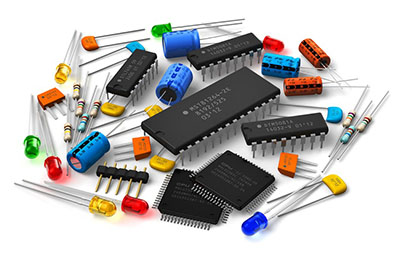Request Quote

Request Quote
Thank you for your inquiry. We are working on your request and will respond as soon as possible. For immediate inquiries please call 1-866-651-2901
CISSOID CHT-LDNS-150-TO3-T
Negative Voltage Regulator, VINmax= -30V, Vout= -15V (standard voltage), Imax=1A, TO3 Package

Ordering Info
In Stock: 3
MOQ: 5
Lead Time: 12 weeks
Package Quantity: 5
HTS Code: 8542.39.0001
ECCN: EAR99
COO: BE
*Product Country of Origin (COO) information may be unavailable at the time of order placement. Buyer acknowledges that additional duties, tariffs, or import fees may be assessed based on the actual COO once determined.
| Quantity | Cost |
|---|---|
| 5 | - |
Product Info
This product is EOL. Please see NAC EOL Notice for Cissoid.pdf
For more information or contact sales@nacsemi.com
- General Description
- Features
- Fast rise and fall times
- Output peak current in excess of 1A
- Floating High-side driver sustain boost voltages of up to 50 V
- Integrated High-Side Bootstrap Diode
- All-in-one synchronous buck driver
- Adaptive non-overlap circuit
- Output enable control
- Low-side driver disabling
- Crowbar control
- Under voltage lockout (UVLO)
- Validated at 225°C for 43800 hours (CDIL28) and 20000 hours (CSOIC28) (and still on-going)
- Operational from -55°C to +225°C (Tj)
- Applications
- DC-DC Converters and Electric Motor Control for Oil&Gas, Industrial, Aerospace & Automotive
CHT-HYPERION is a high-side and lowside driver for power N-channel MOSFETs in DC-DC converters and electric motor control.
With typical on-resistances of 1?, both outputs can drive 1nF loads with 40ns propagation delays and 15ns transition times at 200°C. An adaptive non-overlap circuit reduces switching losses by preventing MOSFET's cross-conduction. The bootstrapped high-side floating driver can sustain boost voltages up to 50V.
An under-voltage lockout function holds the high-side switch off until the driver has sufficient voltage for proper operation. A crowbar input turns on the low-side driver independently of the input signal, and a lowside disable pin allows operation in nonsynchronous mode. An OE pin enables the operation of both high- and low-side drivers.

